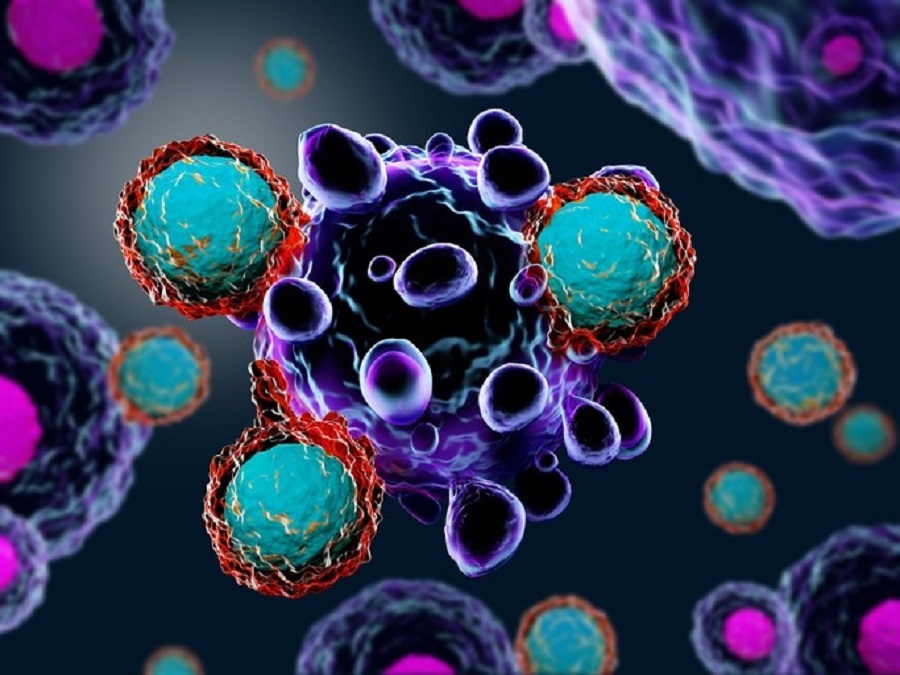Unveiling the Potent Anticancer Arsenal of Honey Bee Venom
Cancer remains a formidable challenge in modern medicine, with its devastating impact on individuals, families, and societies worldwide. Despite significant advancements in our understanding of cancer biology and the development of various treatment modalities, including surgery, chemotherapy, and radiation therapy, the quest for effective and less toxic therapies continues. In this pursuit, researchers are turning to nature to uncover novel therapeutic agents with the potential to combat cancer more effectively.
Among the natural substances gaining attention for their anti-cancer properties is honey bee venom, a complex mixture of bioactive compounds produced by honey bees (Apis mellifera). While traditionally known for its painful sting, honey bee venom contains a myriad of peptides, enzymes, and other molecules that have demonstrated remarkable biological activities, including anti-inflammatory, antimicrobial, and anti-tumor effects.
Honey bee venom is comprised of various peptides, enzymes, and other bioactive molecules, each with its own unique properties and mechanisms of action. Among these components, melittin, apamin, and phospholipase A2 have been identified as potential anti-cancer agents due to their ability to induce apoptosis (programmed cell death), inhibit cell proliferation, and disrupt cancer cell membranes
Overview of the historical significance of honey bee venom
Bee venom has been used in traditional medicine systems for centuries. In ancient Egypt, bee venom was utilized for its anti-inflammatory properties and wound-healing abilities. Similarly, in Traditional Chinese Medicine (TCM), bee venom was used to treat various ailments, including arthritis, pain, and skin conditions.
The scientific exploration of bee venom began in the late 19th and early 20th centuries, with researchers isolating and studying its individual components. This research led to a better understanding of the pharmacological effects of bee venom and its potential applications in modern medicine
In recent decades, bee venom has garnered renewed interest in the medical community for its potential therapeutic properties. Research has focused on its anti-inflammatory, analgesic, antimicrobial, and anticancer effects. Bee venom-based therapies, including bee venom acupuncture and topical formulations, have been explored for conditions such as arthritis, neuropathic pain, multiple sclerosis, and cancer.
Antiviral Bioactive components
- Cytotoxicity: Honey bee venom and its components exhibit selective cytotoxicity towards cancer cells, meaning they can induce cell death specifically in cancerous cells while sparing normal cells. This selectivity is crucial for minimizing side effects associated with cancer treatment.
- Apoptosis: Induction: Studies have shown that honey bee venom can induce apoptosis, or programmed cell death, in cancer cells. This process helps eliminate cancerous cells and prevents tumor progression.
- Anti-proliferative Effects: Honey bee venom components such as melittin and apamin have been demonstrated to inhibit the proliferation of cancer cells by interfering with cell cycle progression. This property helps slow down the growth and spread of tumors.
- Disruption of cell membrane: Melittin, the main component of honey bee venom, exerts its cytotoxic effects by disrupting the integrity of cancer cell membranes. This disruption leads to cell lysis and eventual cell death.
- Immune modulatory Effects: Honeybee venom may modulate the immune response to viral infections, enhancing the body’s ability to combat viral pathogens.
Targeting cancer cells of potential honey bee venom
Honey bee venom has shown the potential to enhance the efficacy of conventional cancer treatments such as chemotherapy and radiation therapy. When used in combination, honey bee venom may increase the sensitivity of cancer cells to these treatments, leading to improved treatment outcomes. Components of honey bee venom can be modified and engineered to enhance their specificity and efficacy against specific types of cancer cells. This targeted approach holds promise for reducing off-target effects and improving treatment precision.
Anticancer efficacy of bee venom
- Melittin: It is the principal active component of bee venom and has been investigated for its anticancer properties in numerous studies. It has shown promise in inhibiting the growth and proliferation of various cancer cells, including breast cancer, prostate cancer, lung cancer, melanoma, leukemia, and others.
- Breast cancer: Studies have demonstrated that melittin can induce apoptosis (programmed cell death) and inhibit the growth of breast cancer cells. It has also been shown to suppress the migration and invasion of breast cancer cells, suggesting its potential as a therapeutic agent for breast cancer treatment.
- Prostate cancer: Melittin has exhibited cytotoxic effects on prostate cancer cells and has been shown to inhibit prostate tumor growth in preclinical models. It has also been investigated for its ability to inhibit angiogenesis (formation of new blood vessels) in prostate tumors, which is essential for tumor growth and metastasis.
- Lung cancer: Research has indicated that melittin can induce apoptosis and inhibit the proliferation of lung cancer cells. It has also been found to suppress the migration and invasion of lung cancer cells, suggesting its potential as a therapeutic agent for lung cancer treatment.
- Melanoma: Melittin has shown promise in inhibiting the growth and metastasis of melanoma cells. Studies have demonstrated its ability to induce apoptosis in melanoma cells and inhibit their invasive and migratory capabilities,
- Leukemia: Melittin has been investigated for its cytotoxic effects on leukemia cells and has shown potential in inducing apoptosis and inhibiting the proliferation of leukemia cells in preclinical studies.
Honey bee venom holds significant potential as a source of bioactive compounds with diverse therapeutic applications. Its main component, melittin, along with other peptides and enzymes, exhibits a range of biological activities, including anticancer, antimicrobial, anti-inflammatory, and neuroprotective properties. While much of the research on honey bee venom is still in the preclinical stage, promising findings suggest its potential for developing novel therapies in various fields, including cancer treatment, infectious disease management, pain relief, wound healing, and skin care. Honey bee venom represents a promising avenue for future biomedical research and therapeutic development, offering new possibilities for addressing unmet medical needs and improving patient outcomes.
Source

